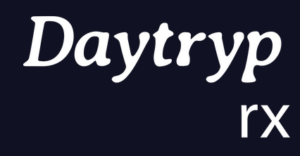Post‑traumatic stress disorder (PTSD) is a chronic condition triggered by traumatic events and characterized by intrusive memories, nightmares, hyper‑arousal, and depression.
Many people do not respond fully to first‑line therapies such as cognitive‑behavioral therapy (CBT) and selective serotonin reuptake inhibitors (SSRIs).
Because of this treatment gap, researchers are testing ketamine—a dissociative anesthetic that modulates glutamate signaling—as a rapid‑acting alternative, particularly for veterans and trauma survivors.
In This Article
- The neurobiology of PTSD and why ketamine might help
- Evidence from clinical trials and case studies
- Benefits and limitations for veterans and trauma survivors
- How ketamine works: mechanisms and outcomes
- Access and resources for veterans and civilians
- Beyond ketamine: combining therapies
- Take the next step toward healing
The neurobiology of PTSD and why ketamine might help
PTSD is marked by dysregulated fear circuitry. Normally, the brain extinguishes fear by reconsolidating traumatic memories in safer contexts, a process that depends on N‑methyl‑D‑aspartate (NMDA) receptor activity and brain‑derived neurotrophic factor (BDNF).
Animal models show that stress reduces BDNF in the hippocampus and strengthens connections between the amygdala (fear center) and hippocampus (memory center), leading to heightened arousal and impaired memory processing.
Chronic ketamine administration in rodents reverses these trauma‑induced changes: it raises BDNF levels, reduces freezing responses to conditioned fear, and restores normal locomotor activity.
Studies also suggest that ketamine blocks NMDA receptors during fear conditioning, preventing the consolidation of traumatic memories and facilitating extinction.
Human neuroimaging research mirrors these findings. Ketamine appears to “reboot” the default‑mode network and weaken hyper‑connected fear circuits.
A neuroscience review notes that ketamine reduces connectivity between the amygdala and hippocampus and promotes synaptic plasticity, giving the brain a “fresh canvas” to process traumatic memories.
These neurobiological effects support ketamine’s ability to rapidly reduce intrusive thoughts, hyper‑arousal, and depression—core features of PTSD.
Evidence from clinical trials and case studies
Single‑dose and repeated infusions
A landmark randomized, double‑blind crossover trial by Feder and colleagues enrolled 41 civilians with chronic PTSD.
Participants received a single intravenous (IV) infusion of ketamine (0.5 mg/kg over 40 minutes) or midazolam (a sedative) two weeks apart, after which symptom severity was measured using the Impact of Event Scale–Revised.
Ketamine significantly reduced PTSD symptoms compared with midazolam and also improved comorbid depressive symptoms. Seven patients who received ketamine first maintained improvement two weeks later.
Side effects included transient dissociation, blurred vision, and elevated blood pressure, but no serious adverse events were reported.
Several small open‑label and retrospective studies have examined repeated infusions. In a series of six high‑dose infusions in veterans, ketamine produced significant reductions in depression and PTSD symptoms.
Another open‑label trial gave 15 individuals six infusions (0.5 mg/kg) across two weeks; 67 % achieved at least a 30 % reduction in symptoms. However, a larger randomized controlled trial among veterans and active‑duty personnel compared standard‑dose (0.5 mg/kg) and low‑dose (0.2 mg/kg) ketamine with saline twice weekly for four weeks.
This study found no significant difference between groups, suggesting that the benefits seen in civilian populations may not generalize to military populations. These mixed results highlight the need for further research and individualized dosing strategies.
Ketamine‑assisted psychotherapy and other forms
While IV infusions are most studied, other administration routes—including intramuscular injections, nasal sprays, and sublingual lozenges—are increasingly available.
Field Trip Health explains that ketamine‑assisted psychotherapy (KAP) combines sub‑anesthetic ketamine doses with trauma‑focused therapy, allowing patients to revisit traumatic memories without the usual emotional overwhelm.
A typical protocol involves six sessions over three weeks, followed by optional maintenance treatments.
Clinicians monitor vital signs throughout and tailor dosing to each patient’s response, emphasizing integration support as ketamine opens a transient “window of neuroplasticity.”
Real‑world case reports
Individual cases provide qualitative insight. A combat veteran who had failed numerous medications and psychotherapies reported complete relief of anxiety and depression following a single 35 mg IV ketamine infusion; improvements lasted about two weeks before gradually fading.
A 7‑year‑old boy with severe PTSD experienced reduced aggression and improved emotional regulation after receiving ketamine during anesthesia; benefits reappeared after a subsequent ketamine dose.
These anecdotal reports suggest ketamine may transiently restore normal mood and behavior in severe cases, but relapse is common once the drug wears off. Long‑term outcomes remain uncertain.
Benefits and limitations for veterans and trauma survivors

Addressing moral injury and combat‑related trauma
Veterans often struggle with moral injury—the guilt, shame, and betrayal felt after witnessing or participating in traumatic events. Traditional therapies may not fully process such complex emotions, and prolonged exposure techniques can be too distressing, leading to high dropout rates.
Ketamine’s rapid reduction of fear and negative affect may help veterans engage in therapy and confront moral injury more effectively.
Avesta Ketamine & Wellness notes that low doses of ketamine can reverse suicidal thoughts within hours, alleviate treatment‑resistant depression and PTSD, and even treat neuropsychiatric complications of traumatic brain injury.
Because veterans have higher rates of depression and suicide than civilians, treatments that quickly relieve despair could be lifesaving.
Special considerations for veterans
While early studies in civilians are encouraging, the largest veteran trial did not find significant symptom reduction from repeated ketamine infusions.
Possible reasons include differences in trauma type, higher baseline symptom severity, or unique biological factors such as chronic stress exposure.
Veterans may also require higher doses or adjunctive therapies. Importantly, ketamine is not FDA‑approved for PTSD; its use is off‑label and should be reserved for cases where first‑line therapies have failed.
Veterans considering ketamine should consult clinicians familiar with military trauma and discuss potential benefits, risks, and alternative treatments.
Safety profile and side effects
Ketamine’s safety in supervised settings is well documented. Dissociative experiences and mild increases in blood pressure are the most common acute effects, typically resolving within an hour.
An accident‑victim study reported that S‑ketamine given during ambulance transport increased acute dissociative symptoms and PTSD risk, whereas racemic ketamine did not.
Another retrospective study of burn patients found a lower prevalence of PTSD in those who received ketamine during treatment.
Oral ketamine used long‑term for PTSD and depression showed no serious adverse events; transient sedation and dissociation were mild and self‑limited.
Overall, ketamine appears safe when delivered in a controlled clinic with medical oversight and screening for contraindications such as bipolar disorder or uncontrolled hypertension.
How ketamine works: mechanisms and outcomes
Ketamine’s therapeutic effects come from modulating the glutamate system. By blocking NMDA receptors and increasing glutamate release, ketamine triggers cascades that strengthen synaptic connections and promote neurogenesis.
New Pathways Clinic explains that ketamine rapidly elevates glutamate, grows new neural pathways, repairs damaged connections, and induces synaptic plasticity within hours.
FMRI studies confirm that ketamine repairs neural circuits involved in memory and emotion. These neural changes may help the brain reconsolidate traumatic memories and restore emotional balance.
Ketamine also reduces connectivity in the default‑mode network and between the amygdala and hippocampus, dampening persistent fear responses.
During this neuroplastic window, psychotherapy can reshape trauma narratives more effectively. Patients often describe ketamine experiences as “seeing their trauma without the pain,” which can lead to breakthroughs in processing guilt, shame, and moral injury.
However, because ketamine’s effects are short‑lived, maintaining progress requires integration through counseling, mindfulness practices, and lifestyle changes.
Access and resources for veterans and civilians
Federal programs and insurance coverage
The U.S. Department of Defense and Veterans Affairs have begun to cautiously support ketamine therapies.
In 2022, the Department of Defense approved Spravato® (esketamine nasal spray) for TRICARE beneficiaries on a case‑by‑case basis.
The Veterans Affairs Pharmacy Benefits Management Services issued guidance to provide intravenous ketamine for treatment‑resistant major depression or severe suicidal ideation under a national protocol.
These policies require that treatment be administered by qualified professionals and integrated with psychotherapy.
Veterans may also access ketamine through private clinics contracted under Veterans Care Agreements;
Avesta notes that some veterans can receive free IV ketamine after obtaining authorization from a VA provider.
Finding a reputable clinic
When considering ketamine therapy, whether for PTSD, depression, or chronic pain, quality and safety should guide your choice. Look for clinics that:
- Provide medical oversight by licensed professionals – Board‑certified anesthesiologists, psychiatrists, or nurse anesthetists should supervise ketamine sessions. Comprehensive clinics also employ mental health providers to deliver integration support.
- Use evidence‑based protocols – Treatment plans should follow research‑supported dosing (typically 0.5 mg/kg IV for 40 minutes) and incorporate psychotherapy to maximize benefit.
- Offer a comfortable, controlled setting – The environment should be quiet, soothing, and equipped for continuous monitoring (vital signs and pulse oximetry).
- Screen candidates thoroughly – Clinics should perform a comprehensive medical and psychological assessment to identify contraindications and set expectations about potential benefits and limitations.
- Support integration and follow‑up – Effective programs provide counseling or coaching after sessions to help patients integrate insights into daily life. Integration support is crucial for sustaining improvements and preventing relapse.
National directories such as the American Society of Ketamine Physicians (ASKP), Ketamine Directory, and HealingMaps list vetted providers and can help you locate clinics that meet these standards.
For veterans, contacting the VA or organizations like the Veterans Mental Health Leadership Coalition can clarify available benefits and coverage options.
Beyond ketamine: combining therapies
Ketamine is not a cure‑all. Evidence suggests it works best when combined with trauma‑focused psychotherapy, peer support, mindfulness practices, and lifestyle changes.
Exposure therapies remain the gold standard for PTSD, yet dropout rates are high. For individuals who cannot tolerate prolonged exposure or who fail to respond to SSRIs, ketamine may provide a bridge—reducing distress enough to engage in therapy.
Future research is exploring combination strategies, including ketamine paired with eye‑movement desensitization, accelerated resolution therapy, and cognitive processing therapy. Researchers are also testing whether ketamine given before exposure sessions can augment fear extinction and enhance learning.
Take the next step toward healing
Reclaim your peace with professional support
If you or a loved one is struggling with PTSD, trauma‑related depression or moral injury, know that innovative treatments are emerging.
Ketamine therapy offers rapid relief for some and can open pathways to deeper healing when combined with psychotherapy and lifestyle support.
However, it should be pursued responsibly, under the guidance of trained professionals who understand both its potential and its limits.
Daytryp specializes in psychedelic therapies and offers ketamine treatments in a safe, supportive environment.
Our team includes medical providers and integration coaches dedicated to helping you process trauma, cultivate resilience, and reclaim your sense of peace. S
chedule a confidential consultation to explore whether ketamine therapy could be part of your journey toward recovery.



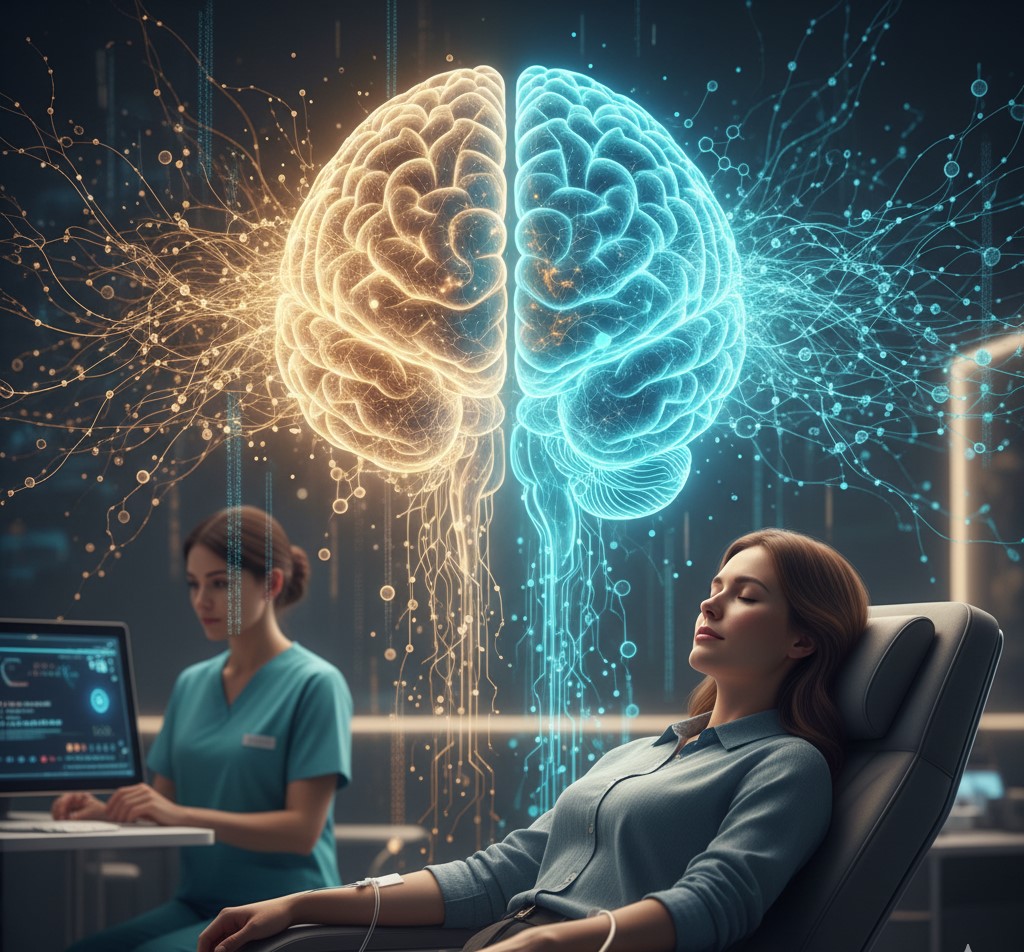
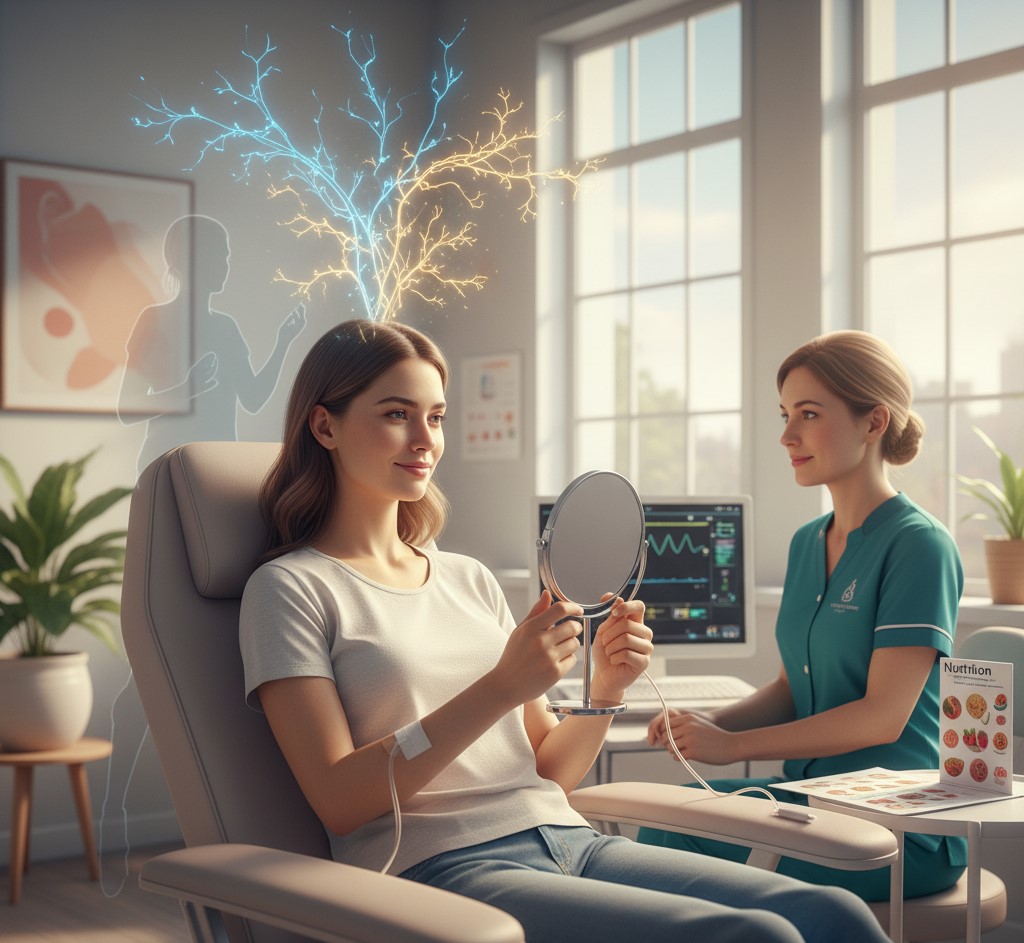
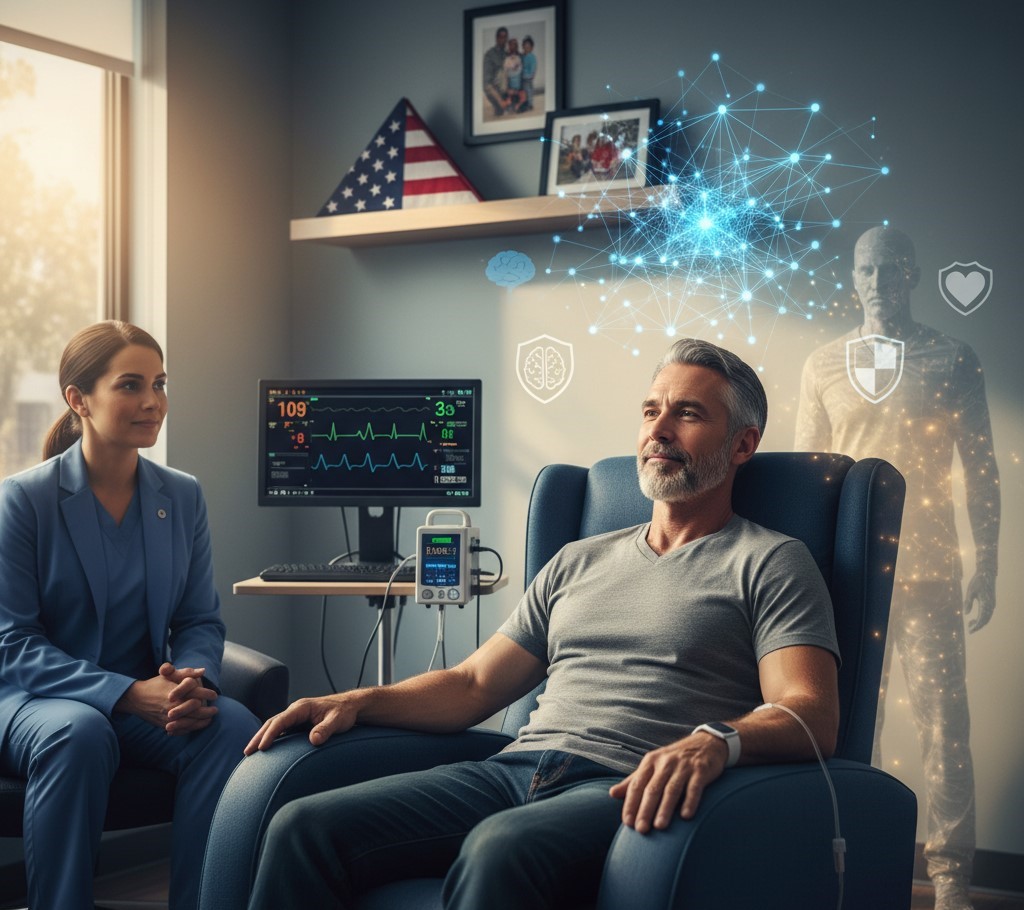
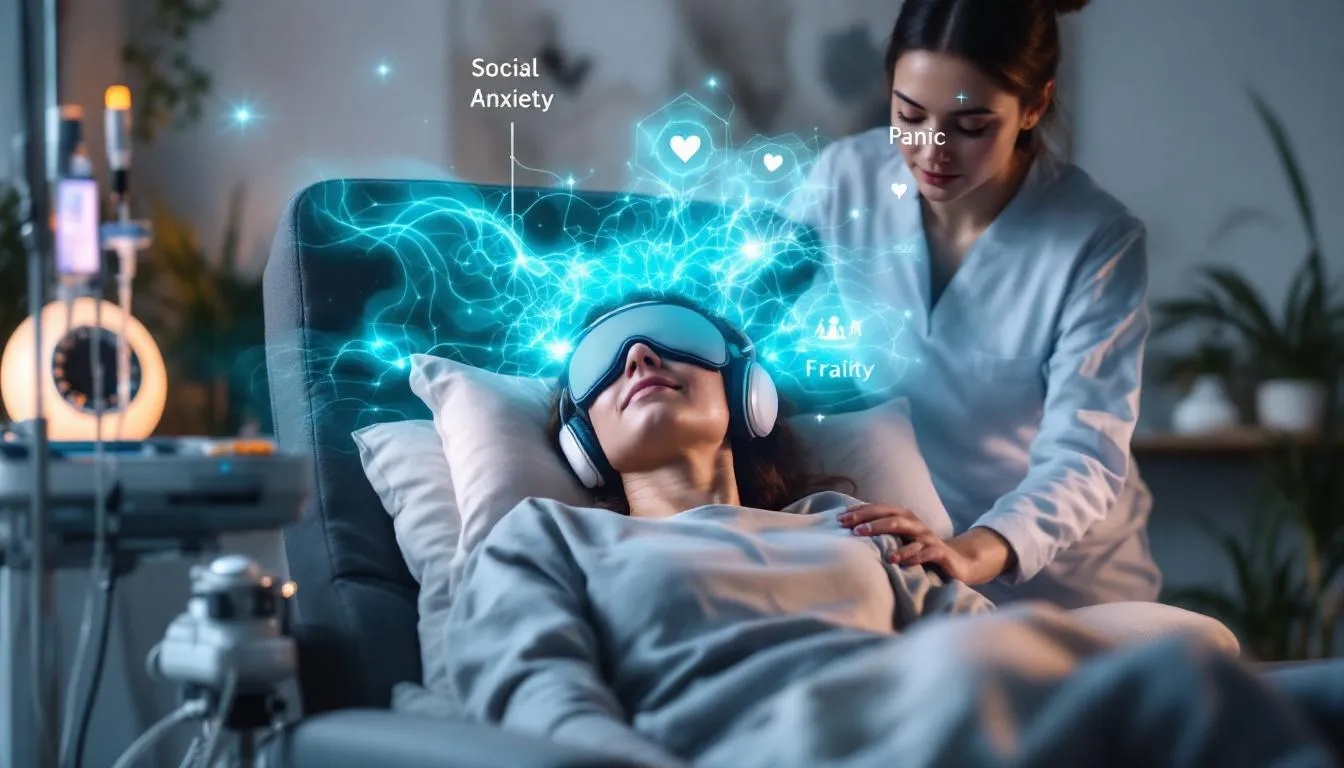



 Daytryp Health has taken
Daytryp Health has taken  The
The 